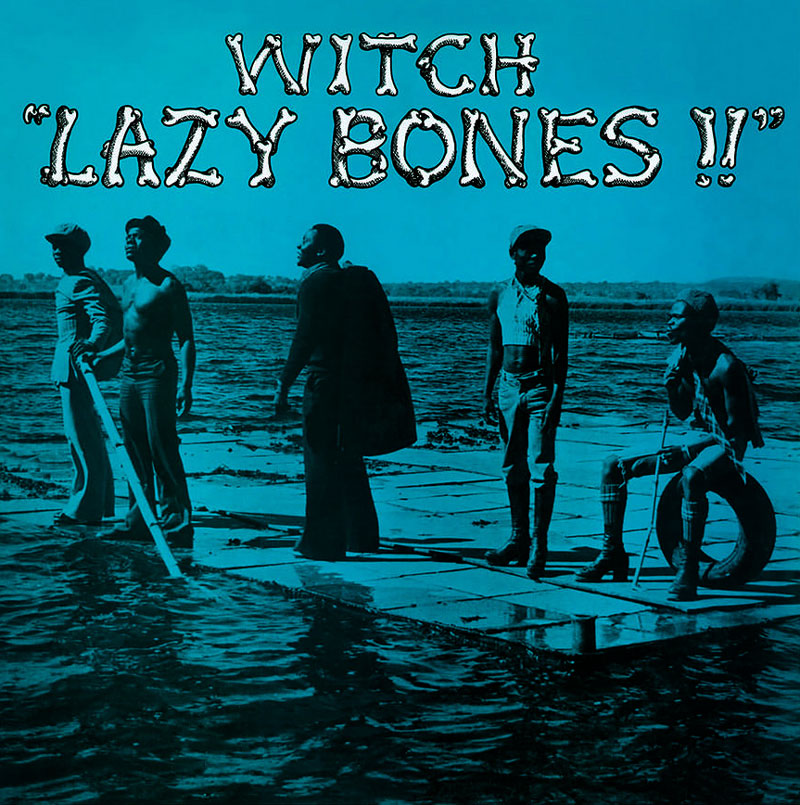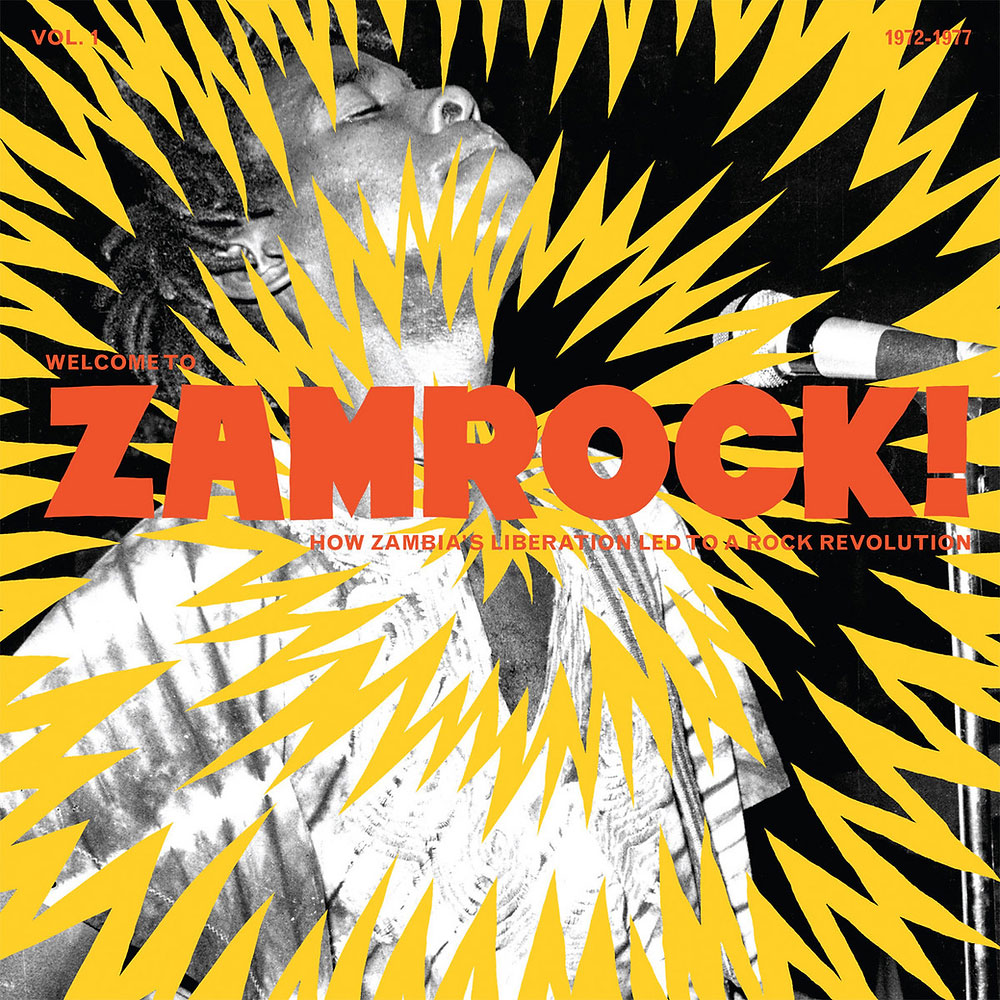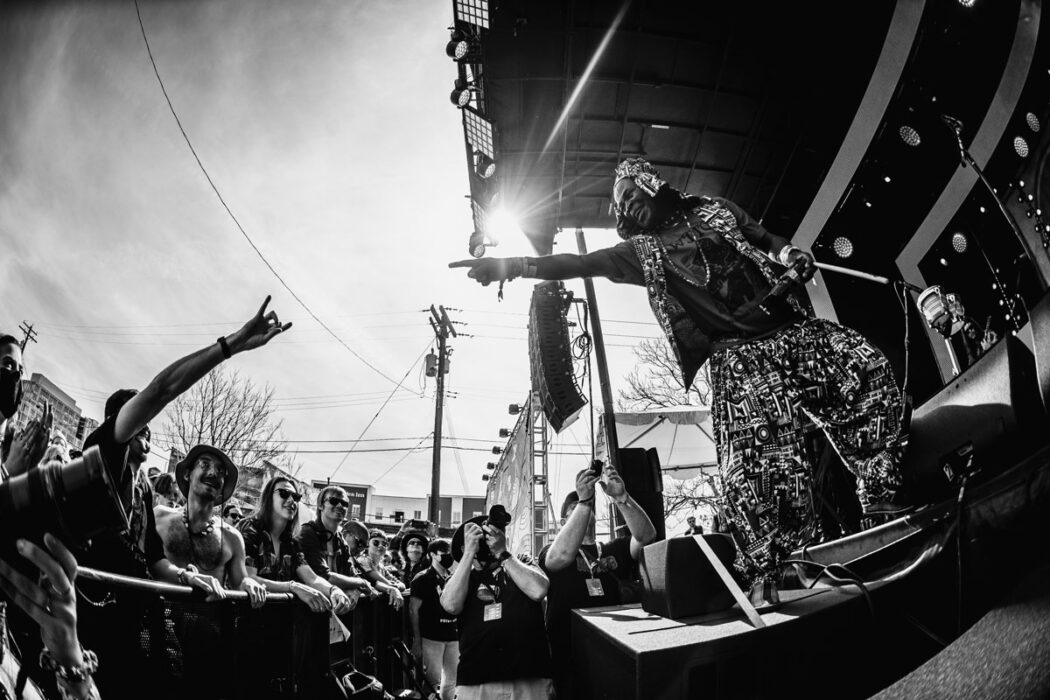The Short-Lived Run of Zambian Rock and Its Unlikely Return
Traditional African Music + Psychedelic Rock = Zamrock
Photos by Ian Enger
Simple math. But important nonetheless. Zambian Rock erupted in Central Africa in the 1970s but simmered down as a result of the rocky atmosphere of the country and its neighbors just a few short years later. This niche music genre put Zambia on the map for music and brought the nation together after gaining its independence. With the help of WITCH (We Intend to Cause Havoc), a Zamrock band that helped lead the charge of this new wave of African sound, not only is Zamrock back on the upswing, WITCH is rising in tandem.

There are the musical revolutions that have defined its history.
The foundation of blues and jazz, the birth of rock and roll, the hippie movement, the list goes on. But what often gets looked past is the renaissance of the African music scene during the same pivotal time period. In 1964, Zambia gained independence from the British Empire, with new President Kenneth Kaunda. Fresh freedom meant taking control of the Zambian copper industry, putting the country on the economic rise. And not only that. A musician himself, President Kaunda loved the growing presence of Zambian music and implemented that radio stations play 90 percent Zambian music only, setting the stage perfectly for upcoming musicians to make their mark.
Zambia is located in the center of Africa and with such an influence from these genres and the likes of Jimi Hendrix, The Beatles, and The Rolling Stones, music in South Africa and the UK, the music made by Zambian musicians at this time was starting to sound pretty similar to the Top 10 list playing on the radio.
Not only did these musicians Africanize mainstream music, they Zambianized it.


Not wanting to sound like someone else, Zambian musicians worked to make it their own. If they wanted to be better than the bands on the radio, they had to be different. A solid mindset. These musical pioneers fused local language and the patterns of traditional African drums into their music, bringing the audience sounds they knew from the radio mixed with sounds they knew from their culture. Not only did these musicians Africanize mainstream music, they Zambianized it.
WITCH was considered to be one of the younger Zamrock bands at the beginning of the ’70s, but they had significant influence on the genre across Africa and abroad. Lead singer Emmanuel ‘Jagari’ Chanda coined his name from his presence on stage echoing that of Mick Jagger. Like the music, he Africanized the name, changing it to Jagari. And damn if the name stuck.
WITCH went on to record multiple records, becoming a major name in the area and its surrounding region. Zamrock was the first rock music from Zambia for Zambia. The band was packing concert halls, selling records, and going on tour—living the dream they had only ever imagined. From 1972 to 1977, WITCH was the Zamrock band. They jammed, continued to record and gained popularity with Zambians of all ages. But unlike most bands that aren’t still together, it wasn’t any sort of internal conflict or fight over the same girl that led to the demise of the band and genre. It was the unstable nature of the continent mixed with the rise of disco that led to the loss of Zamrock itself, and like any good captain, the original WITCH went down with the ship.

As the ’70s approached its end, things started to change for Zambia.
The value of copper plummeted on a global scale and Central African countries surrounding Zambia were at unrest leading to mandatory curfews and blackouts in an effort to protect Zambia and its residents from neighboring instability. As a result, people didn’t have the funds to spend on tickets or records, and the curfews put a halt on evening shows and concerts, hindering musical performances across the board. The AIDS epidemic broke out, wiping out a significant number of adult Zambians, many of whom were Zamrock musicians. Along with this, the rise of disco music changed the music scene, with a new desire for discotheque dancing and sound. It became easier for a DJ to play a mix of a bunch of different songs from various artists and genres, than to have one band entertain the crowd the entire time.
As a result, most Zamrock bands fell apart and to the wayside. After losing a number of its original members to the epidemic, WITCH adapted and evolved with more musicians and started to lean into disco, but Jagari also left his rock band days in the past, leaving the band to mine gemstones to provide for his family.
What Jagari and other Zambian musicians didn’t know was Zamrock had gained a new wave following in the United States and Europe forty years later. From stumbling across YouTube videos of old Zamrock songs to record labels working to reissue old albums to journalists and filmmakers diving in to expose the lost genre, Zamrock was being pulled out of hibernation. Reaching out to Jagari, these younger musicians joined together to bring back the sound of Zamrock.
After heading to Zambia, meeting with Jagari, reconnecting him with the original drummer of WITCH and having a couple jam sessions, they decided the WITCH would be reborn. Now at the age of 70, Jagari is on tour in Europe and the US, again living his dream performing with musicians of all ages and ethnicities that now make up WITCH, recording and playing old originals and releasing the first new song in 38 years. They are successfully bringing Zamrock to the forefront of the music scene. As they should.
Listen to WITCH here →
Trust us, you’re gonna love it.
Watch the story of WITCH here →
Also won’t disappoint.

